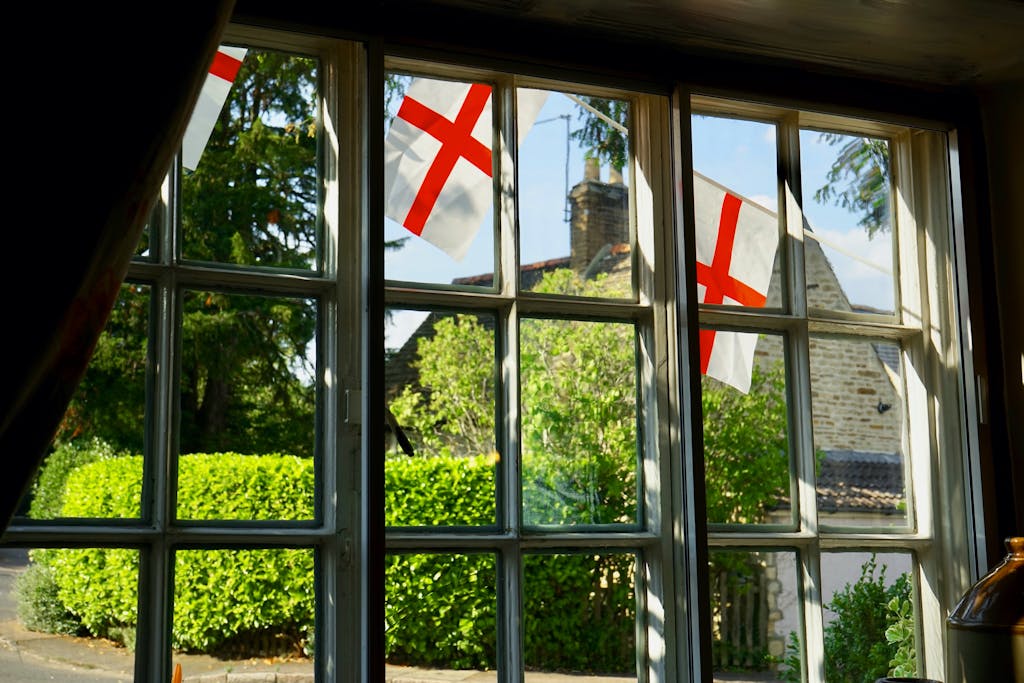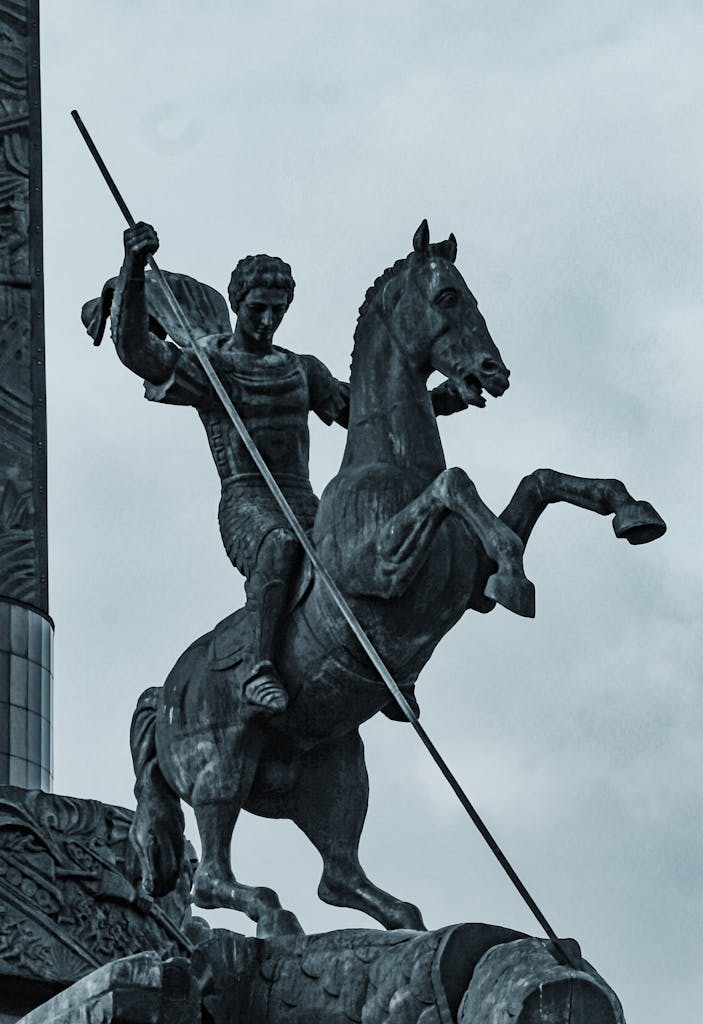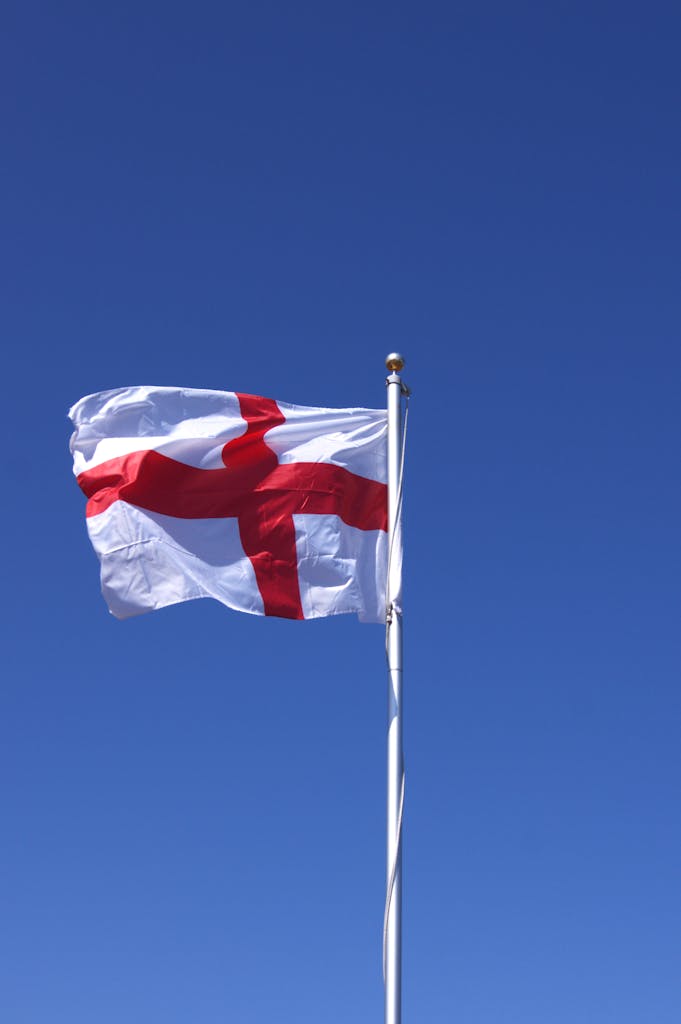IELTS reading: St. George’s Day



Here is an IELTS-style reading passage about St. George’s Day in England, followed by 10 questions covering 3 different IELTS question types:
St. George’s Day in England
St. George’s Day is celebrated annually on April 23rd to commemorate the patron saint of England, St. George. While the origins of the celebration date back to the 9th century, it has evolved into a day of national pride and cultural festivities across England.
According to legend, St. George was a Roman soldier born in the 3rd century AD in what is now modern-day Turkey. He is best known for slaying a dragon, a symbolic tale representing his struggle against evil. Despite his widespread veneration, many of the stories surrounding St. George are steeped in myth rather than historical fact.
In medieval England, St. George’s Day held great significance, with grand feasts and lavish celebrations taking place at the royal court. However, the tradition waned over time, only experiencing a resurgence in the 20th century as a way to promote English culture and identity.
Today, St. George’s Day is marked by a variety of events and activities across England. Parades, morris dancing performances, and medieval re-enactments are common sights in towns and cities. Pubs and restaurants often feature special menus and promotions, serving traditional English fare like roast beef and ale.
The iconic St. George’s Cross flag, a red cross on a white background, is prominently displayed on this day. Many people choose to wear a red rose, the national flower of England, as a symbol of patriotism. Schools and community centers may organize educational activities to teach children about the legend of St. George and its significance.
While not an official public holiday in England, there have been calls in recent years to make St. George’s Day a national bank holiday. Supporters argue that it would provide an opportunity to celebrate English heritage and culture, much like St. Patrick’s Day in Ireland or Bastille Day in France.
Despite its medieval roots, St. George’s Day remains a cherished tradition in modern England, bringing communities together to honor their patron saint and express national pride through a diverse array of cultural celebrations.
Questions:
Multiple Choice Questions: (3 points)
1. According to the passage, when is St. George’s Day celebrated annually?
a) April 23rd
b) May 1st
c) June 24th
d) March 17th
2. Which of the following is NOT mentioned as a common activity on St. George’s Day?
a) Parades
b) Morris dancing
c) Fireworks displays
d) Medieval re-enactments
3. What is the significance of the red rose on St. George’s Day?
a) It represents the English flag
b) It is the national flower of England
c) It symbolizes the dragon slain by St. George
d) It is a traditional gift for loved ones
True/False/Not Given Questions: (3 points)
4. St. George was born in what is now modern-day Turkey.
a) True
b) False
c) Not Given
5. St. George’s Day celebrations originated in the 20th century.
a) True
b) False
c) Not Given
6. There are calls to make St. George’s Day an official public holiday in England.
a) True
b) False
c) Not Given
7. Matching Headings:(6 points)
Match the following headings (i-viii) to the appropriate paragraphs (A-E). Some headings may be used more than once, and some may not be used at all.
i) National Pride
ii) Origins and Legends
iii) Cultural Festivities
iv) Calls for a Holiday
v) Medieval Traditions
vi) Patriotic Symbols
vii) Resurgence of Interest
viii) Patron Saint of England
A. Paragraph 1
B. Paragraph 2
C. Paragraph 3
D. Paragraph 4
E. Paragraph 5
F. Paragraph 6
Short Answer Questions: (3 points)
8. What symbolic tale is St. George best known for? (No more than 3 words)
9. Name one traditional English food item that may be served on St. George’s Day. (1 word)
10. Which country celebrates a similar cultural holiday to St. George’s Day, as mentioned in the passage? (1 word)
Thank you for reading, we hope you found this post useful!
ANSWERS
Here are the answers
Multiple Choice Questions:
1. a) April 23rd
2. c) Fireworks displays
3. b) It is the national flower of England
True/False/Not Given:
4. a) True
5. b) False
6. a) True
7. Matching Headings:
A. viii) Patron Saint of England
B. ii) Origins and Legends
C. v) Medieval Traditions
D. iii) Cultural Festivities
E. vi) Patriotic Symbols
F. iv) Calls for a Holiday
Short Answer Questions:
8. Slaying a dragon
9. Beef (or ale/beer)
10. Ireland





